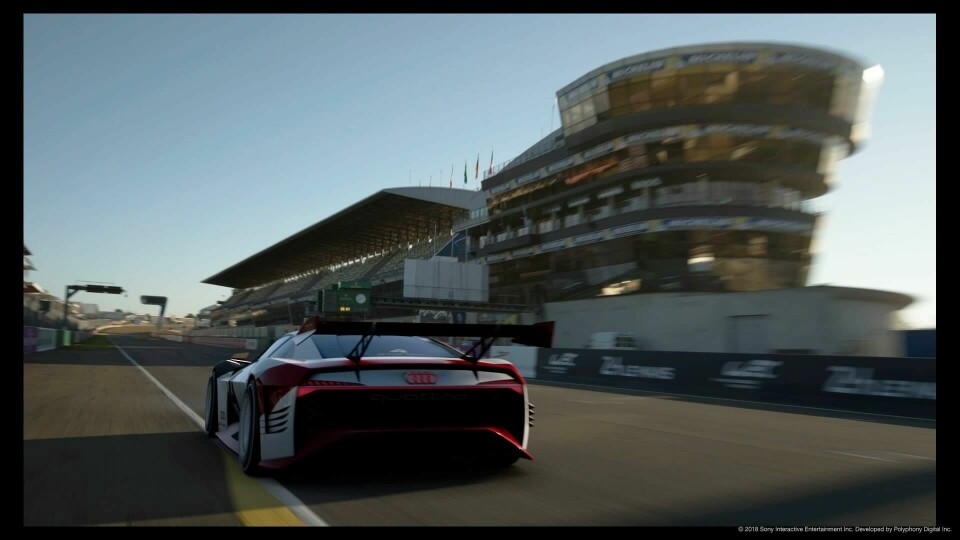
Vision Gran Turismo – The Cars
We look at the most interesting video game cars
(This was originally a bonus section attached to our essay about how car design and video games have overlapped in recent years, which you can read here.)
A Rolling Start
The idea of cars designed specifically for video games didn’t arrive suddenly. As well as its own in-game ‘LM Race Car’ versions of real cars being a perennial feature, Polyphony Digital had already started dabbling with real-world projects by the mid-’00s; see for instance the Nissan 350Z NISMO S-Tune, whose aerodynamic upgrades were designed “by Gran Turismo” – which perhaps laid some of the groundwork for what has come since, including their GUI design for the 2007-present Nissan GT-R’s multifunction screen.
Then, between the Citroën and the structured programme of Vision GT, there was the Red Bull Racing effort.
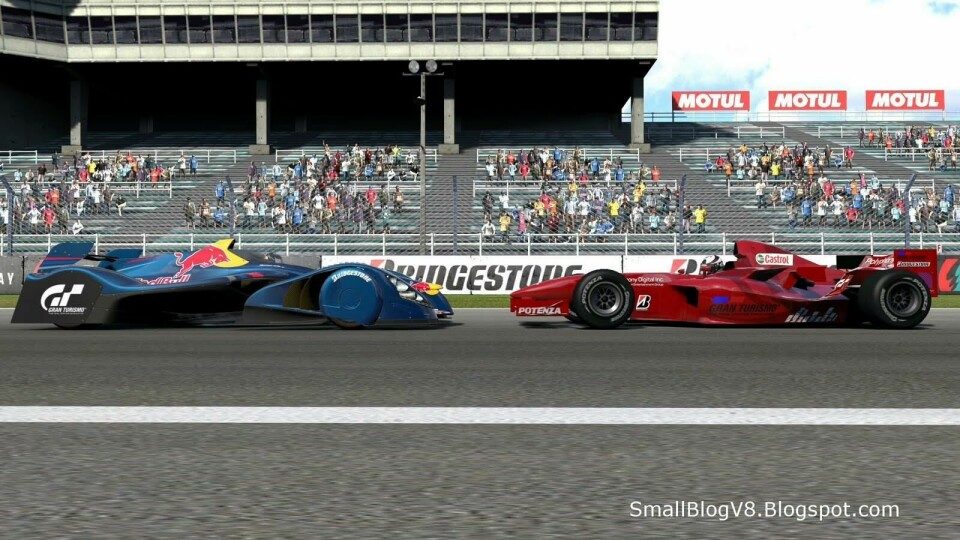
The X1 (or X2010 as it was later renamed) was, we were told, designed using the same facilities and simulations as the then-dominant Red Bull F1 cars… which calculated that the ‘fan car’ and its constant massive downforce could generate over 8g in corners, right on the edge of what a human being can withstand for prolonged periods. It could also hit roughly 300mph in the GT games.
This car and its evolutions required gamers to completely recalibrate their brains, as it was so much faster in every way than any racing car built in real life that processing everything at normal speeds would see you crashing before you even realised it was about to happen.
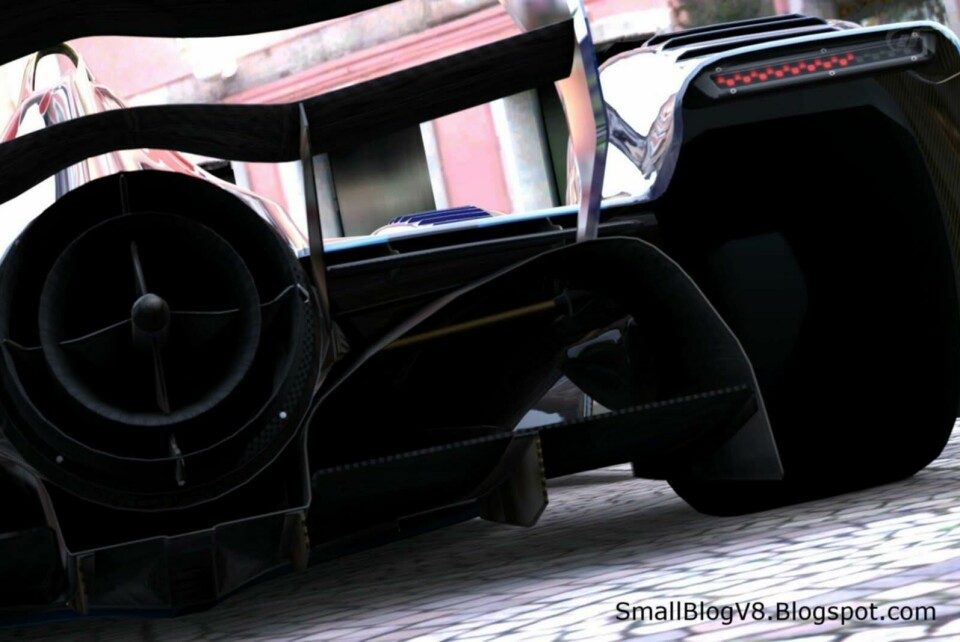
It ruined the other cars in the game; anything else felt painfully slow, blunt and inept afterwards.
It was at the limit of believability, frankly… but what it represented was completely fascinating – perhaps even inspiring Newey himself, given the themes present in the Aston Martin Valkyrie.
Further evolutions came in 2011 and 2014, the latter update also spawning a ‘Junior’ version with much less power and no fan system.
November 2013 – Vision Gran Turismo Begins
The first Vision GT concept to appear was the Mercedes-AMG offering, with the proportions of a sketch and surfaces that gave it the feel of a blob of liquid mercury which had been swept backwards in the wind (but, of course, headed up by an enormous three-pointed star inside a light-up ‘Panamerica grille’).
A racing version followed with a coat-hanger of a rear wing attached.
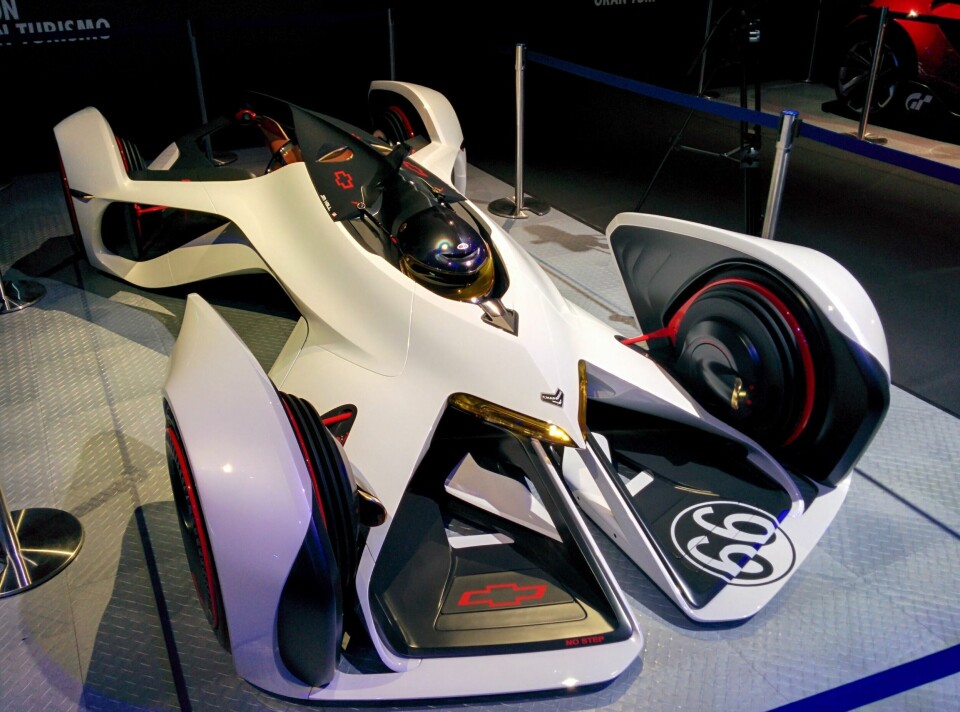
Pure concepts like this, the Aston Martin DP-100 and McLaren Ultimate supercars, the staggering ‘laser pulse drive’ Chevrolet-Chaparral 2X and the cartoonishly fast SRT Tomahawk variants represent the more blue-sky end of the scale – and by extension perhaps the truest response to the brief.
“All the proposals look exciting, but I like the ones which give a new design message to the next generation, rather than just super racing versions of current designs,” Yamamoto agrees.
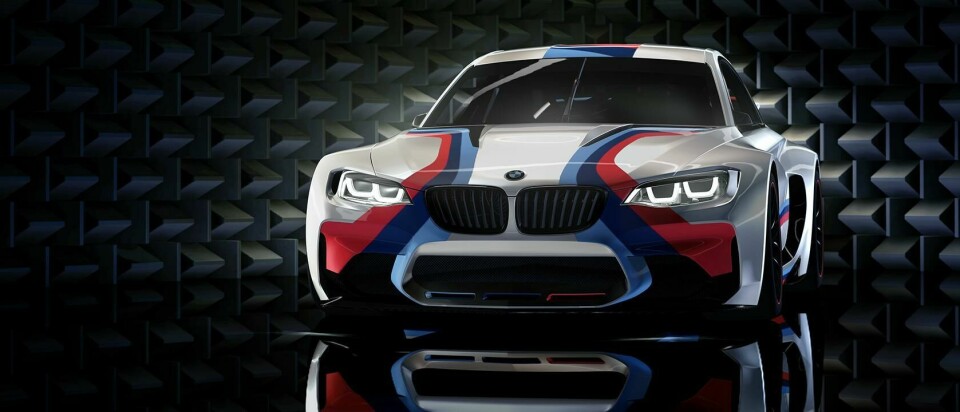
Other Vision GT cars have shown evidence of ulterior motives. The second offering was BMW’s, a cross between an M2 – even though the M2 hadn’t been announced yet – and the E9 ‘Batmobile’ CSL of yore. Was this exaggerated 2-Series meant to be the warm-up act a year before the real-world BMW Motorsport product appeared?
Later on, the Bugatti Vision GT was transparently used as a race-tuned teaser for the then-unseen Chiron – same proportions, same graphical elements, just more aero everywhere and slightly mad ring-of-iPhones wheels.
Less obvious, meanwhile, is whether Nissan’s NDE-designed Vision2020 and its flying-bridge tail lights represents a similar stepping stone towards the eventual R36-generation GT-R’s design…
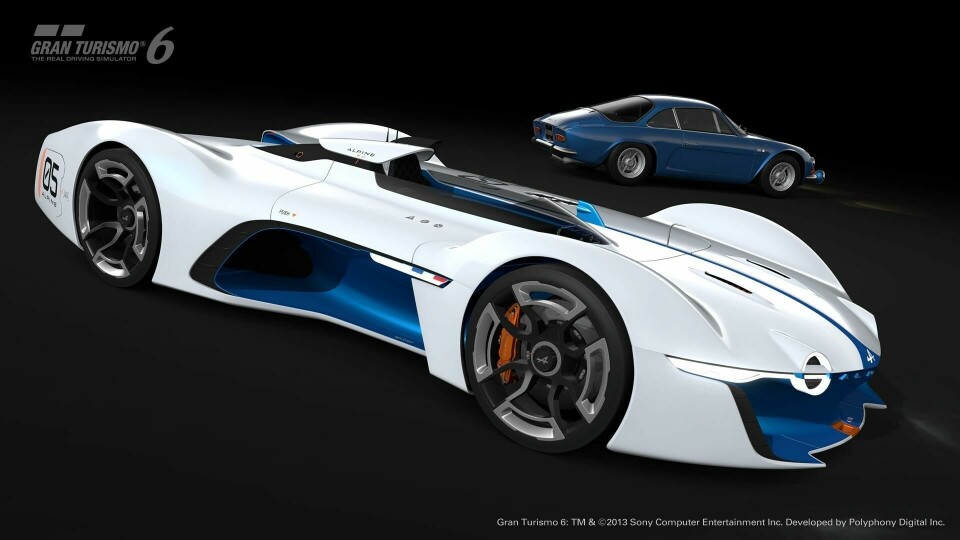
Then there’s the 2015 Alpine offering. At the time, the only modern-day Alpine products we had seen were a rebranded Oreca LMP2 racing car and a blue, wing-festooned V6-powered version of Renault’s DeZir concept (the A110-50).
The lightweight Vision Gran Turismo concept – with its flying squirrel-style skin stretched from the inner tub structure to its large yet retro wheels, allowing almost BAC Mono levels of negative space through the axles – technically fits within the ‘blue sky’ category above…
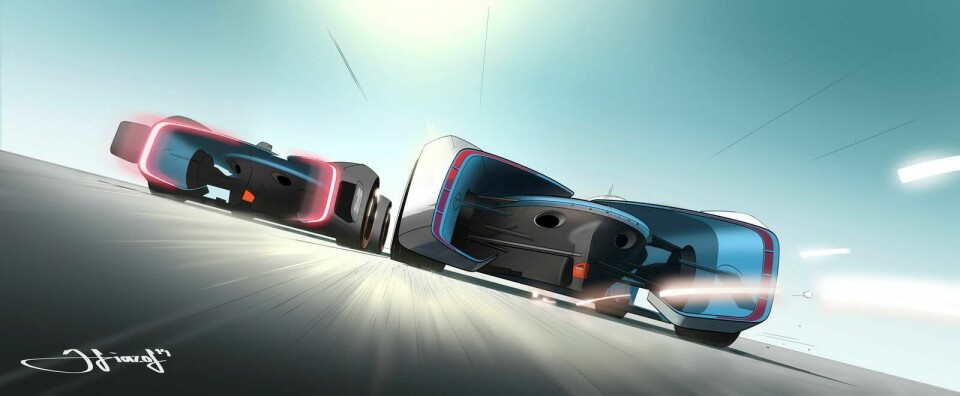
…but it also served to establish the look, feel and philosophy of the revived Alpine brand a few months before they then started the public run-up to the A110 road car, between summer 2015 and that car’s mid-2017 release.
One could argue that the SciFi-meets-LMP1 Hyundai N 2025 was conceived along similar lines, appearing as it did before the RN30 concept and i30 N road car. Ditto the new all-electric Audi e-tron Vision GT which sets the tone for an upcoming range of all-electric ‘e-tron’ road cars.
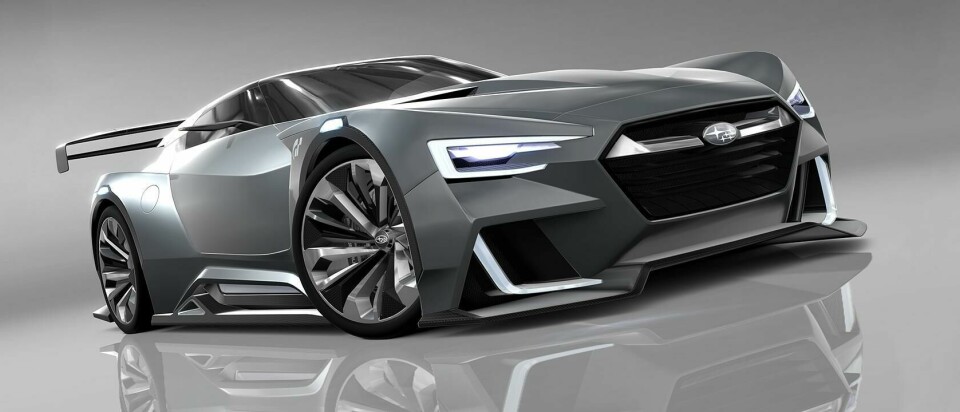
The fourth option taken by some is to create an unfiltered, sports-oriented version of a brand’s current design language and leave at that – the kind of concept that used to furnish motor shows to a greater degree than we’ve been seeing from major manufacturers at recent exhibitions.
Volkswagen, Nissan, Infiniti, Mini, Mitsubishi, Honda and Subaru fit in this category, while Peugeot have greedily made two – one rocky-looking mid-engine coupé based on the 208 T16 Pikes Peak special, the other a smoother, more blue-sky long-nose hybrid Le Mans car with a dramatically tapering tail.
While suitably wacky for a video game, most of these cars are somewhat underwhelming compared to the ‘blue-sky’ ones mentioned earlier.
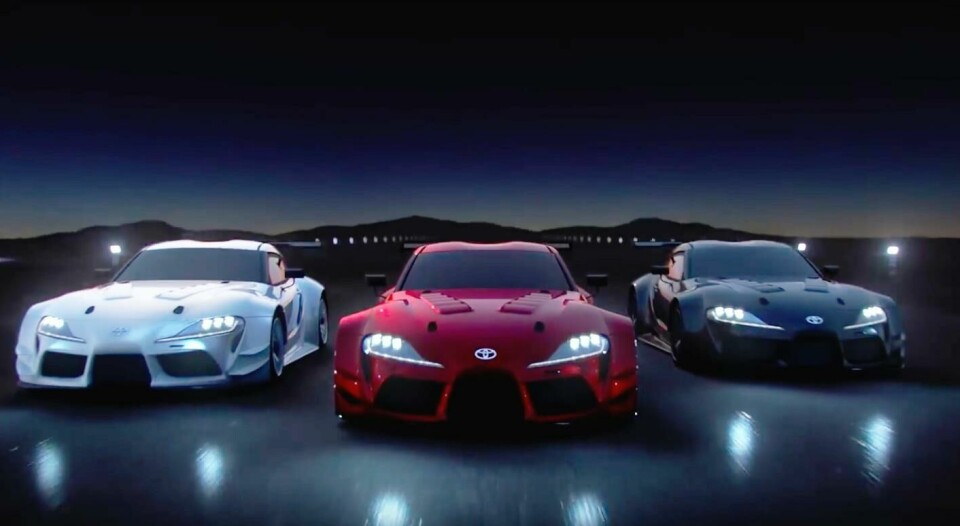
Toyota, disappointingly, merely made fictitious racing versions of existing concepts cars, namely the FT-1 and Lexus LF-LC. There isn’t much more to say about them than that… nor Daihatsu’s peculiar little racing Copen.
Now, the GR Supra Racing Concept, while not released under the Vision GT banner, is essentially the same approach reversed – in similar vein perhaps to BMW and Bugatti. Its virtual twin has now been added to Gran Turismo Sport in a bid to keep it fresh in players’ minds.
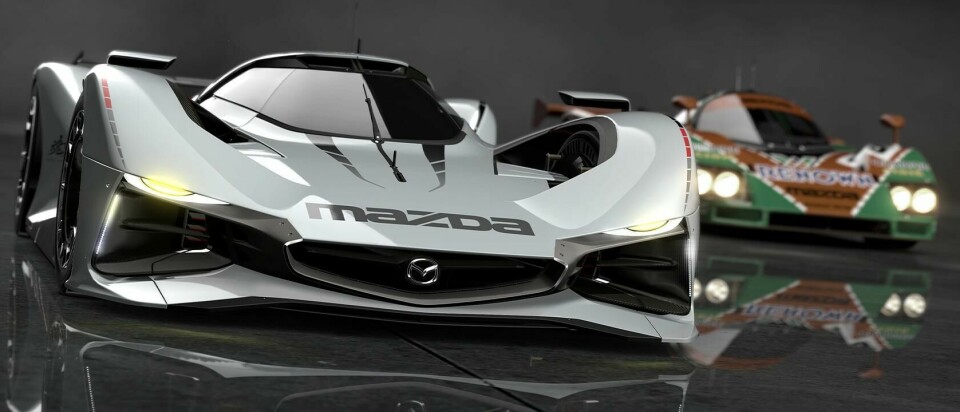
Mazda, by contrast, went for a clean-sheet rotary Le Mans car from the future, as a crowd-pleasing reference to their wonderful rotary Le Mans cars of the past (apocalyptic quad-rotor scream and all). It takes ‘Kodo’ to its sleekest extreme possible and is a highlight of the Vision GT series, with performance to match reality-based LMP1 machinery.
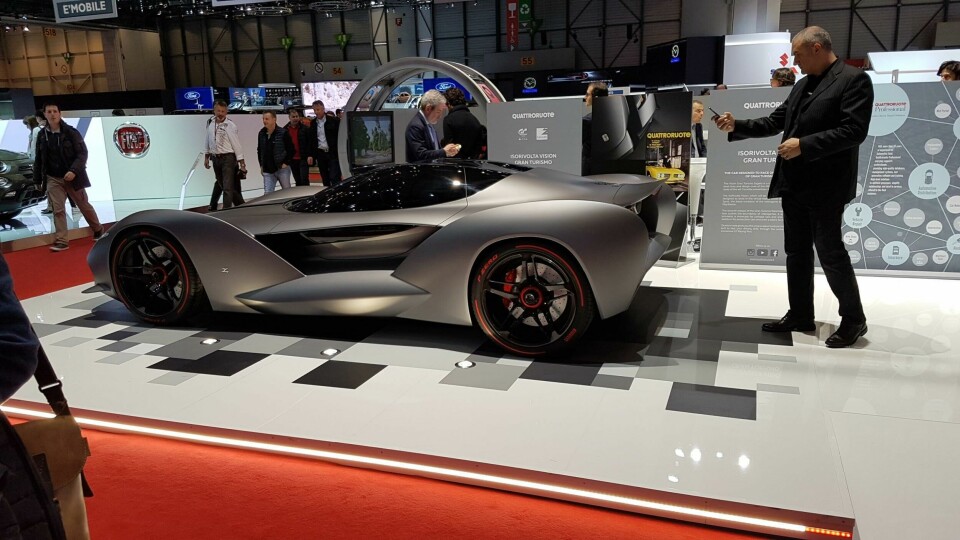
Two Italian carrozzeria have even got in on the act. Zagato brought back the IsoRivolta brand for the multi-layered result of their in-house project, whereas Pininfarina created a new one in collaboration with motorsport legend Emerson Fittipaldi.
The lightweight, V8-powered ‘Fittipaldi EF7’ is meant to enter limited production in the near future, which would trump Audi in the virtual-to-reality stakes if it does indeed happen.
Still to come, according to the official website, are seven more Vision GT cars, from Ford, GM Design, Italdesign Giugiaro, Air Jordan, Nike, Lamborghini and Tesla.
Let’s see if they can find a way to top what we’ve already seen…



